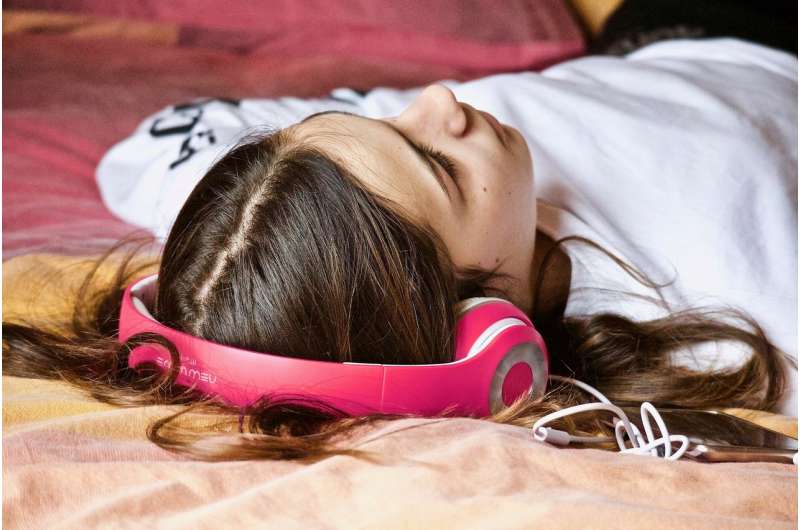
Adolescents linger as the next frontier in vaccinating the U.S. population. Unlike with the adults, however, hesitancy about the vaccination takes on a different form: It’s not just up to the person whose arm experiences the needle to decide to get the shots.
“It’s a very unique situation,” says Susan Mello, assistant professor of communication studies at Northeastern who studies health communication. “You sort of need two people to consent to getting the vaccination. You need the parents on board, and you also need the teens.”
And yet, although parents generally need to be on board for medical decisions, adolescents might be just as important—if not more—in deciding to get the COVID-19 vaccine. The factors that drive adolescent behavior, including peer pressure and social media, promise to help drive inoculation rates.
“Teens are super influential to each other and also to their parents,” Mello says. “We know from a lot of the studies on consumerism and advertising that a lot of the marketing that was done to kids in the ’80s … what the companies realized was that children and teens have a lot of buying power, even though they don’t have the dollars in the bank or the jobs or the income, but they could convince their parents to buy them things.” And the same could hold true for the vaccine, she says.
Around 600,000 shots were administered to adolescents ages 12 to 15 in the United States in the first week that the Pfizer-BioNTech COVID-19 vaccine was approved for that age group. (There are 25.2 million children between the ages of 12 and 17 in the U.S.) Now, more than 57 percent of the U.S. population over the age of 11 has received at least one dose of a COVID-19 vaccine.
For hesitant adolescents, social pressure might also be “a very powerful motivator,” Mello says. If they see their friends getting the vaccine and returning to normal activities, “teens are going to feel left out,” she says. If they see that, for example, “‘My friend Susie got the vaccine and now she’s hanging out and going to the movies with our friends,’ they might start saying, ‘Hey Mom, you know, I was hesitant about getting the vaccine, but now that I can see everybody’s doing all of these fun things again, I want to be on that bandwagon.'”
Social media could also play an important role, too. Adults have already been readily posting selfies with their vaccination cards or band-aids on their arms on social media channels, and that practice of modeling behavior encourages others to go get vaccinated, Mello says. If adolescents do that as well, it could have a similar effect.
That’s what happened with vaping, she says. “When it started to come out that there were illnesses associated with vaping and that it was becoming an epidemic among teens, teens started to do these very vivid and dramatic [rejections of the practice]” and posting it on social media. “They were ditching their vapes. They were dropping them off balconies. They were submerging them in water. They were doing it in a very visual way. So that became a trendy thing.”
Adolescents might also see themselves as empowered to make a difference in their communities by getting vaccinated, says Jessica Hoffman, associate professor of applied psychology at Northeastern, whose research lies at the intersection of school psychology and public health.
Source: Read Full Article
